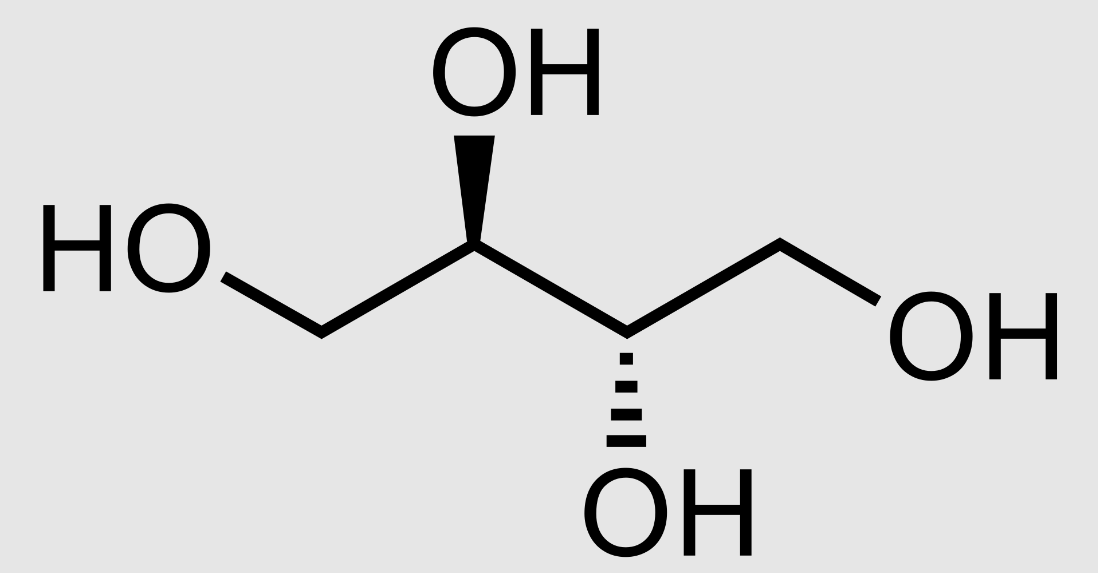What Is Sugar Alcohol?
Sugar alcohols are common ingredients in many of the foods we eat. They are used as sweeteners and can be found in a variety of products. But what exactly are sugar alcohols? Let’s dive in.
Understanding Sugar Alcohols
Sugar alcohols are neither sugar nor alcohol. They are a type of carbohydrate that partially resembles sugar and alcohol molecules. Despite the name, they do not contain ethanol, the compound in alcoholic beverages. This makes them safe for consumption by all ages.
Common Types of Sugar Alcohols
There are several types of sugar alcohols. Some of the most common ones include sorbitol, xylitol, erythritol, and mannitol. These sweeteners are often found in sugar-free candies, chewing gums, and diet foods. Each type has its own unique properties and benefits.
Sorbitol
Sorbitol is widely used in sugar-free candies and gums. It provides a sweet taste but with fewer calories than regular sugar. It also has a cooling effect on the mouth.
Xylitol
Xylitol is popular in dental products like toothpaste and gum. It has been shown to reduce the risk of tooth decay. Plus, it tastes almost exactly like sugar, making it a favorite for those looking to cut down on sugar.
Erythritol
Erythritol is a low-calorie sweetener often used in baking. It doesn’t cause the digestive issues that some other sugar alcohols can. It’s about 70% as sweet as sugar, so adjustments might be needed in recipes.
Mannitol
Mannitol is used in medical and pharmaceutical products. It acts as a diuretic and helps reduce pressure in the brain. In food, it’s less common but still useful as a sweetener.
Benefits of Sugar Alcohols
One of the main benefits of sugar alcohols is that they provide fewer calories than regular sugar. This makes them a popular choice for people looking to reduce their calorie intake. They also have a lower glycemic index, which means they cause smaller spikes in blood sugar levels. This can be beneficial for people with diabetes.
Potential Drawbacks
While sugar alcohols have many benefits, they can also have some drawbacks. Consuming large amounts can cause digestive issues like bloating, gas, and diarrhea. This is because they are not fully absorbed in the digestive tract. Moderation is key to avoiding these side effects.
Usage in Food and Drink
Sugar alcohols are used in a wide variety of foods and drinks. They are popular in sugar-free and low-calorie products. This includes everything from candies and ice creams to baked goods and sodas. They are also used in certain medications and supplements.
How to Identify Sugar Alcohols
Reading food labels is the best way to identify sugar alcohols in your diet. They are often listed under the “total carbohydrate” section. Names like sorbitol, xylitol, and erythritol will be clearly marked. Knowing what to look for can help you make informed dietary choices.
Alternatives to Sugar Alcohols
There are other alternatives to sugar alcohols for those looking to reduce sugar intake. These include natural sweeteners like stevia and monk fruit. Artificial sweeteners like aspartame and sucralose are also options. Each has its own set of pros and cons.
Making Informed Choices
Understanding what sugar alcohols are and how they affect your body can help you make better dietary decisions. They offer a way to enjoy sweet foods with fewer calories and less impact on blood sugar levels. However, like all things, they should be consumed in moderation.
A Sweet Conclusion
Sugar alcohols provide a sweet taste with fewer calories and less impact on blood sugar. They are a great alternative for those looking to reduce sugar intake. Whether you’re looking to cut calories, manage diabetes, or just enjoy a sweet treat, sugar alcohols offer a viable option. Remember to consume them in moderation to avoid any potential digestive issues. Stay informed, read your labels, and enjoy your sweets responsibly.


